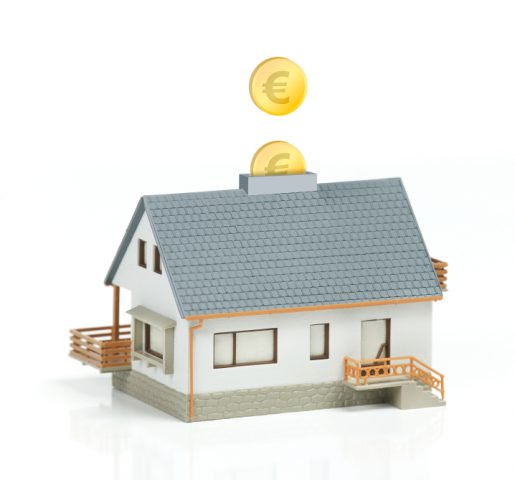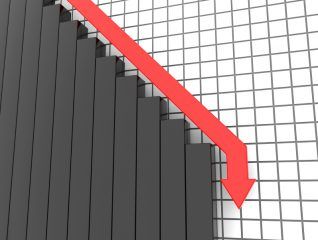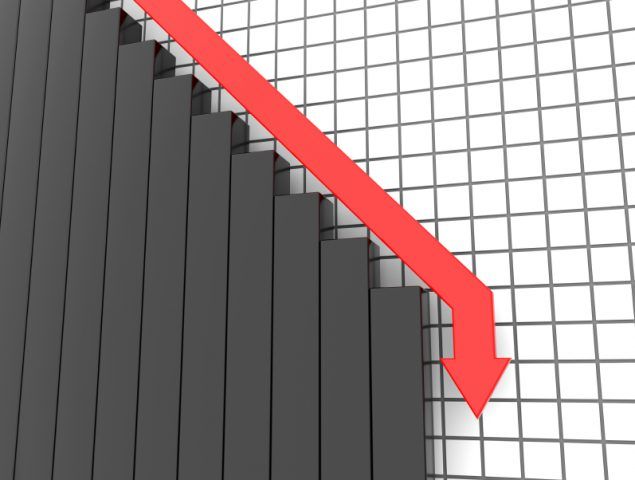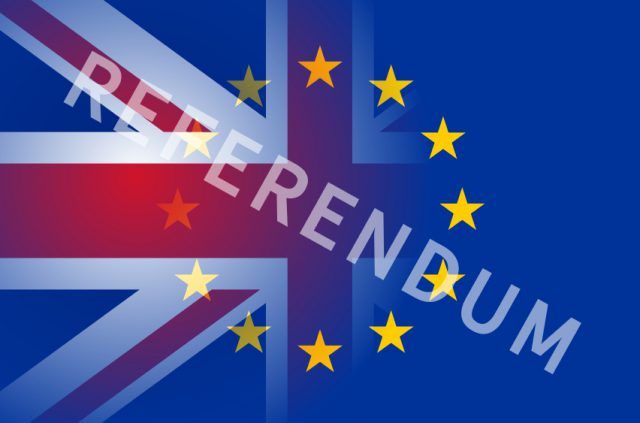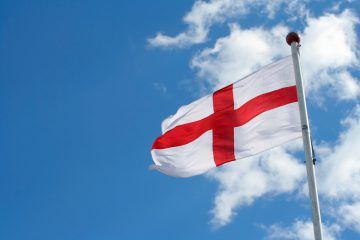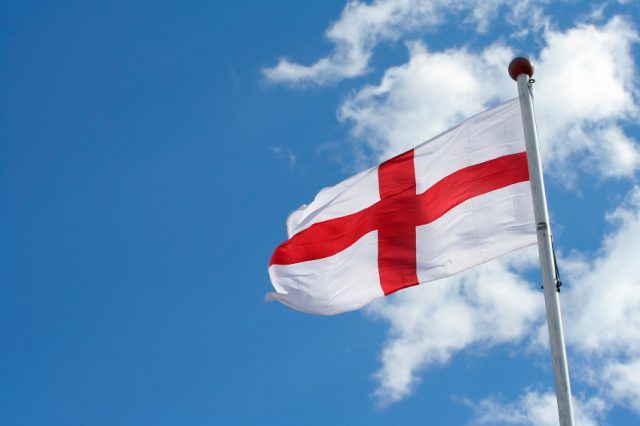North East property prices fall in April
A new report from KIS Housing has indicated that house prices in the North East of England fell by 4% in April.
As a result, the average property value in the region fell by £7,000.
Falls
The fall in values eradicates the 3.1% increase recorded in March, which had previously added £4,811 to typical property prices. What’s more, house prices are currently 3.6% down in 2016 to date.
Presently, the average house price in the area is £155,979. This is £7,016 less than at end the end of March. However, this is 1% higher than at the same time in 2015 and 3% greater than in 2014.
All areas saw decrease in property values during the last month. Whitley Bay and Blyth saw above average falls of 6.1% and 6% respectively.
Rises
Since KIS has begun to compile data from April 2014, South Shields has seen the largest price increase, with values increasing by 6.7%. Newcastle and Gateshead have also seen rises of 6.6% and 6.2% respectively over the same period.
In Darlington, April’s decline of 4.7% saw property prices slide to these seen in 2014. As a result, savvy investors are being told to consider purchasing in this region.
In addition, the average rent in the North East increased by £14 per calendar month to £566 in April-a rise of 2.5%.
By region, rents are nearly the same as those recorded in 2014, where an average per calendar month was £560.

North East property prices fall in April
Predictable
Ajay Jagota, founder and Managing Director of North-East based sales and lettings firm KIS, said, ‘house prices falling at a rate of 1% a week throughout April might sound surprising to some but the sad thing is these figures were entirely predictable. I’ve been forecasting for months that March would see prices boom as landlords raced to complete purchases ahead of tax changes which took place at the start of this month, before slumping back as many abandoned those investments altogether when they became less profitable. And so it proved.’[1]
‘The irony is that investors are now benefiting from higher rental yields and lower purchase prices. It’s the renters that lose out, as rents will inevitably rise as a consequence of those tax changes. Fewer properties are now available, leading to higher prices. It’s simple supply and demand. Having collected this data now for two years we are starting to see some fascinating trends emerging. Although average rents are all-but unchanged since April 2014, on an area-by-area basis there are some huge differences – 17.5% higher in Whitley Bay, but 21% lower in Jarrow.
The reasons for these variations could easily be something as mundane as only a few rental properties coming onto the market, or a disproportionate number of cheaper or more expensive properties skewing the figures but overall they show the real value of us collecting this data – being able to tell our clients with absolute certainly which areas of the North East are at that moment the most attractive to renters and buyers and where landlords can expect to get the best returns,’ Jagota went on to say.[1]
[1] http://www.propertyreporter.co.uk/property/april-wipes-record-%C3%A3%C2%A27k-of-north-east-house-prices.html
